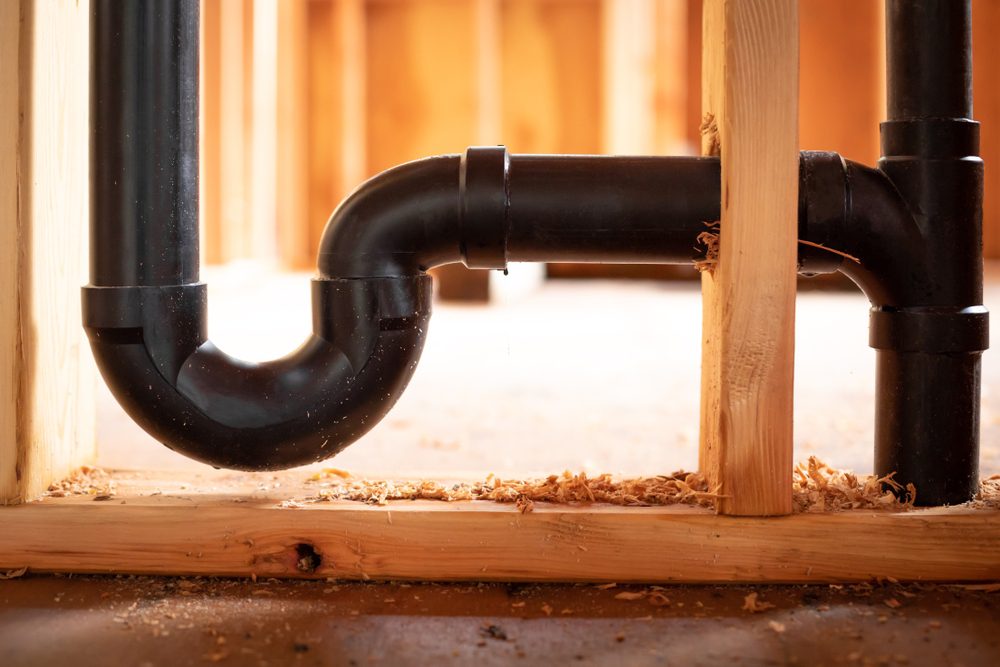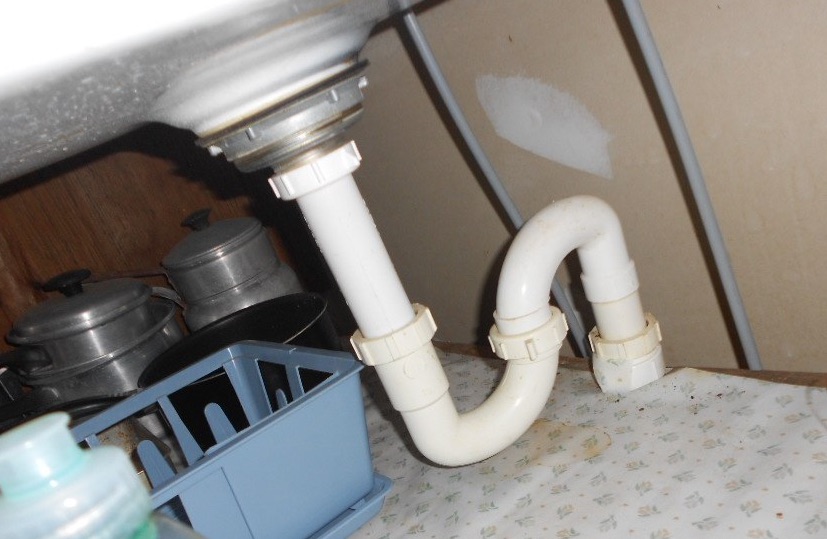Why Adequate Ventilation in Plumbing Systems
Why Adequate Ventilation in Plumbing Systems
Blog Article
Every person has their own individual idea involving What Are Plumbing Vents and Why Are They Important?.

Correct air flow in plumbing systems is frequently forgotten, yet it is critical for keeping the performance and safety and security of your home's pipes. Ventilation helps regulate atmospheric pressure, protect against the buildup of unsafe gases, and make sure the effective elimination of waste. In this overview, we will certainly check out the importance of appropriate plumbing ventilation, just how it works, and the benefits it gives your pipes system.
Understanding Ventilation in Plumbing
Air flow in plumbing refers to the network of pipes that permit air to stream with the water drainage system. These vents offer several objectives, consisting of controling atmospheric pressure within the pipes, protecting against sewage system gases from going into the home, and assisting in the smooth circulation of wastewater.
Just How Air Flow Works in Plumbing Solutions
Atmospheric Pressure Law
Appropriate ventilation keeps balanced atmospheric pressure within the plumbing system. When water flows via pipelines, it displaces air. Without adequate air flow, this displacement can develop negative stress, causing reduce drains pipes or siphoning of water from catches, which can create unpleasant smells to leak right into the home.
Preventing Drain Gas Accumulation
Among the most essential features of pipes vents is to prevent drain gases, such as methane and hydrogen sulfide, from accumulating within the home. These gases can pose significant health dangers and are highly combustible. Vent pipes enable these gases to escape safely outside.
Helping in Waste Elimination
Air flow helps in the reliable removal of wastewater by preventing airlocks in the drain system. When air can stream freely via the vents, it allows water and waste to flow smoothly with the pipelines, decreasing the threat of clogs and backups.
Kinds Of Plumbing Vents
Main Stack Vent
The primary stack vent, also referred to as the air vent pile, is the primary vent in a pipes system. It extends from the main drain line up through the roofing, enabling gases to run away and fresh air to get in the system.
Branch Vent
Branch vents link to the primary stack vent and offer specific components, such as sinks, commodes, and showers. These vents make sure that each fixture has sufficient air flow to function properly.
Air Admission Shutoff (AAV).
An Air Admittance Valve (AAV) is a one-way shutoff that allows air to enter the pipes system without the need for a conventional air vent pipe expanding with the roofing. AAVs are frequently made use of in renovations or locations where setting up a common air vent is unwise.
Indications of Poor Ventilation in Pipes.
Slow Draining Fixtures.
If your sinks, tubs, or toilets are draining pipes slowly, maybe a sign of poor air flow. Insufficient air flow can develop a vacuum impact, making it challenging for water to drain pipes effectively.
Gurgling Sounds.
Gurgling noises coming from drains are frequently an outcome of air being sucked with water catches due to negative stress in the pipes. This is a clear indicator of not enough ventilation.
Undesirable Smells.
Sewage system odors inside your home are a warning that your plumbing system is not appropriately ventilated. This might mean that drain gases are not being adequately aired vent outside, leading to potentially dangerous problems.
Typical Air Flow Errors.
Poor Vent Sizing.
Using undersized vent pipelines can bring about inadequate air circulation and pressure imbalances in the system. It's important to make use of vents that satisfy the certain needs of your plumbing system.
Improper Vent Placement.
Placing vents also much from the fixtures they serve can minimize their effectiveness. Appropriate placement guarantees that air can move openly and successfully with the system.
Ignoring Code Requirements.
Building regulations provide particular standards for plumbing air flow. Ignoring these codes can result in a system that falls short to operate properly and may result in costly repair work or carcinogen.
Advantages of Correct Air Flow.
Enhanced System Efficiency.
Effectively ventilated pipes systems operate more successfully, with fewer blockages, faster draining pipes, and much less pressure on the pipelines. This effectiveness expands the life-span of the pipes system.
Improved Air High Quality.
By stopping sewage system gases from entering your home, correct ventilation adds to better indoor air quality, making your living atmosphere healthier and much more comfy.
Stopping Water Damages.
Appropriate air flow assists avoid water from being siphoned out of catches, which can lead to drain gases going into the home and creating water damage with time.
Steps to Guarantee Correct Ventilation.
Consulting Pipes Codes.
Constantly seek advice from neighborhood pipes codes when developing or modifying your pipes system. These codes supply the necessary guidelines for proper airing vent and ensure your system fulfills safety and security standards.
Normal Examination and Upkeep.
Routine examinations can help recognize prospective air flow problems prior to they come to be significant problems. Maintenance jobs, such as cleansing vent pipes and looking for clogs, are necessary for keeping the system in good working order.
Professional Setup.
For new setups or significant modifications, it's smart to employ a specialist plumbing technician. They have the experience to make sure the ventilation system is properly made and mounted according to code.
Conclusion.
Correct air flow is a critical component of any type of plumbing system, making certain that it functions successfully and securely. By understanding the relevance of air flow, recognizing the signs of inadequate ventilation, and taking actions to keep your system, you can stop costly concerns and secure your home's air quality.
What is a Plumbing Vent and it's used for?All plumbing systems in residential and commercials construction have a plumbing vent. It doesn’t just vent unwanted odors from the drainage system to the outside; it actually serves an important purpose by supplying air to the system.
The plumbing drainage system is actually called a drainage, waste and vent (DWV) system. When water flows down the piping, an air supply (vent) is needed to allow the water to flow. Think of the vertical pipe as a drinking straw. If you plug the top end of a straw, liquid won’t drain from it.
The DWV system in your building consists of a series of pipes connected to each fixture; they extend above each fixture, and the system terminates at an open pipe that extends through the roof. This piping allows air into the system and prevents unbalanced pressures in the piping.
?The vent also prevents the system from drawing water out of a trap at the fixture with the characteristic “glug-glug-glug” as the drain gasps for air. Plumbing traps should drain smoothly and never “glug” or gasp for air.
If you have a drain that empties slowly or gurgles as it drains, this may indicate a venting problem. If you flush a toilet and the sink gurgles, there’s definitely a vent problem. It is good idea to have a Plumber check this.
https://www.ameliashomeinspection.com/blog/what-is-a-plumbing-vent-and-its-used-for

I am very interested by What Is a Plumbing Vent and Why Is It Important and I am hoping you enjoyed reading the entire blog posting. Do you know about somebody who is interested in the subject? Please feel free to share it. I am grateful for being here. Kindly visit our site back soon.
Call Today Report this page